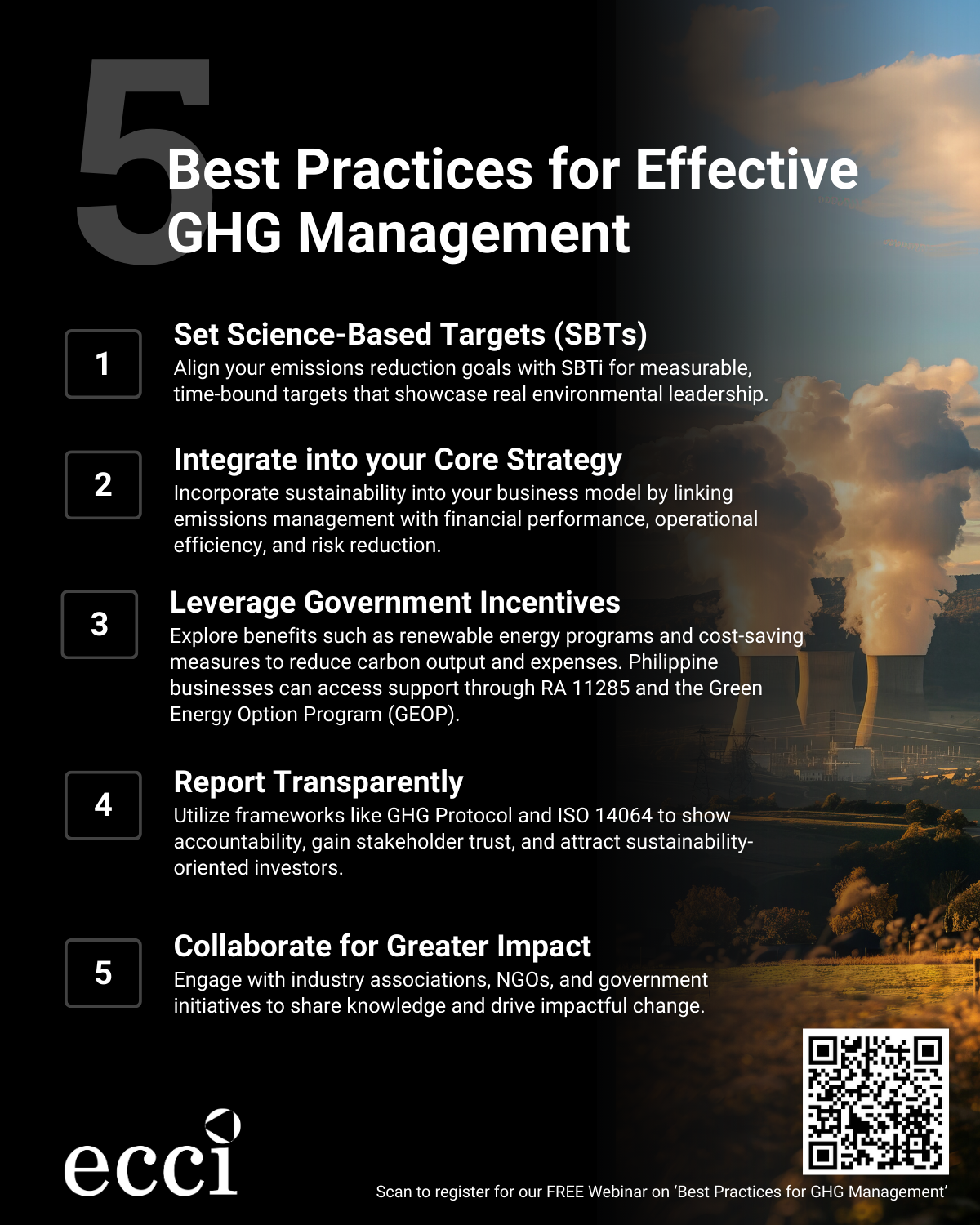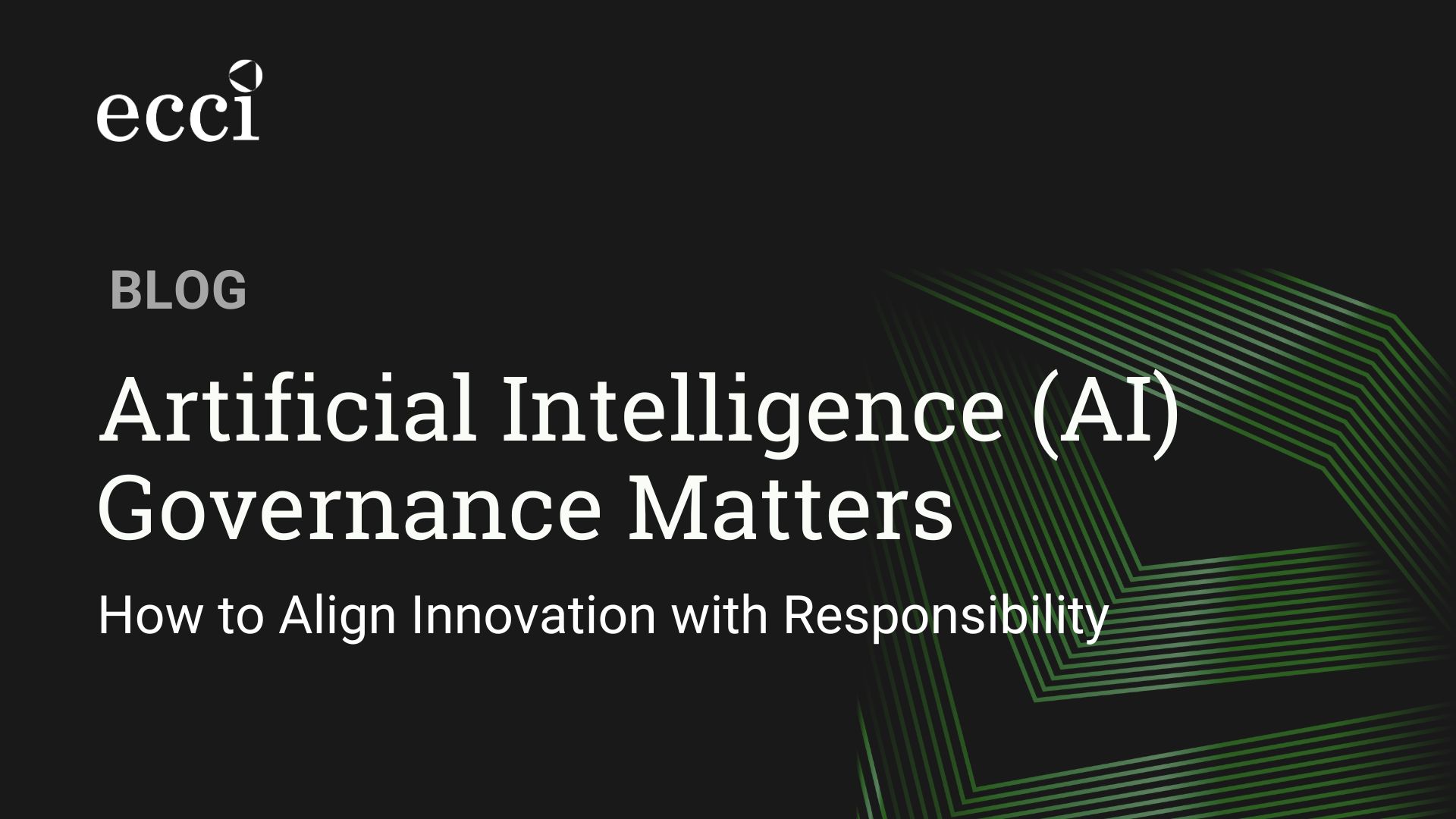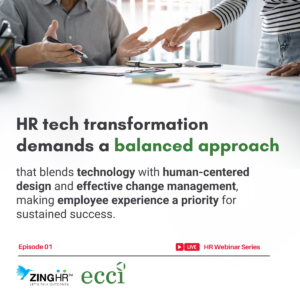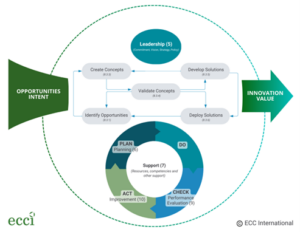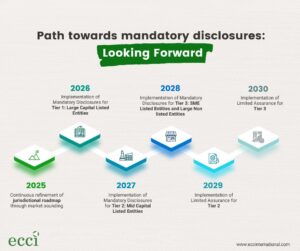There are a lot of risk factors that could affect the integrity and progress of an organization. The risk landscape of companies and businesses has become diverse and complicated. Apart from external factors enterprise risks also arise due to internal threats. The risks need to be properly addressed and rectified before they cause catastrophic damage to the organization. Some of the key risk factors are
- Operational risk: It causes a loss in value due to human error or internal failure. Any and all risk factors related to process failure, inadequate procedural flow or legal risk that causes disruption in organizational progress falls under this category.
- Business interruption: Disruption in business activity due to unforeseen disaster or incidents which lead to loss of income to the company
- Cyber security: Any financial loss or disruption to the progress of an organization that happens when the integrity of a company’s Information technology system is compromised.
ISO 31000: Enterprise Risk management framework:
ISO 31000 is a risk management framework designed by the International Standards Organization. It was designed to have organizations take a holistic view on risks, their sources and how they can be mitigated. The overarching goal of ISO 31000 is to develop a risk culture in an organization. What is risk culture? Risk culture is a mindset present in all employees and stakeholders of the organization to act with the goal of minimizing risks. This implies following procedures and policies, identifying risks and mitigating it.
Establish a context: This involves setting up the risk appetite of the organization, designating the roles and responsibilities of key positions in risk management. The levels in between management are often where the risk factors start to grow. The hierarchy in a management should be matched to the objectives of an effective ERM plan. For example, the higher level management is responsible for strategy while the lower half should take care of operational objectives
Risk assessment: This is the risk assessment framework of ISO 31000, it involves:
- Identifying risk: This step involves compiling all the potentially vulnerable areas in the organization and also finding out the factors that can be exploited for competitive advantage.
- Analyzing risk impact and likelihood: This includes determining the impact of each risk and prioritizing it accordingly.
- Evaluating risk: Evaluation involves strategizing how to control and alleviate all the risk factors that have been previously identified.
- Treating risks: This involves implementing the strategize to mitigate the risks and also to exploit any advantageous lead that the organization might acquire from the risk management.
Communicate and consult: This involves the communication of the risk management framework across the organization. Moreover, it involves communicating risk incidences and creating a system to address it.
Monitor and review: This is an important part of the framework as it deals with periodically reviewing the organization’s risk management framework. Remember that ERM isn’t a static management system. It is a system that requires change because the risk landscape continually changes. It should be noted that each organization will have different approaches although they use the same framework.
Implementing ISO 31000
The key consideration in implementing ISO 31000 is to make sure that
- There is buy in from the top management. It is prudent to get the complete support from the management in implementing any new strategic plan. It can be done by showing them the value addition acquired by executing a standardised risk management plan.
- There is adequate resource to implement ERM. The necessary prerequisites for implementing ERM should be organized. The effectiveness of ERM relies on the amount of effort applied by the organization in preparing the adequate resources.
- Creating an ERM framework. Every consideration about the organization should be integrated in the ERM framework. The hierarchy in the organization should be included with a RACI matrix defining roles and responsibilities. Clear objectives make for an effective Enterprise Risk Management.
How ECCI can help you?
ECCI international is the leading process improvement solution provider in Southeast Asia. To know more about Enterprise Risk Management and how ECCI can help improve your organizational performance through Risk assessment, contact us now.


